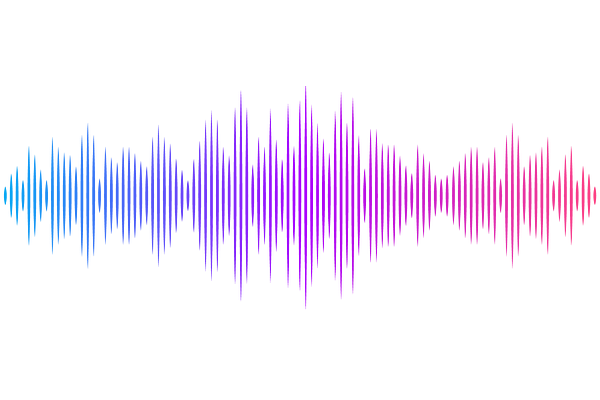Autism-associated oxysterol regulates GABAergic neurogenesis and subtype fates

Autism-associated oxysterol regulates GABAergic neurogenesis and subtype fates
Cruz-Santos, M.; Kidd, E.; Li, Z.; De la Fuente, D. C.; Davies, S.; Vinh, N.-N.; Fjodorova, M.; Li, M.
AbstractDistorted GABAergic neurodevelopment is believed to underscore cortical network dysfunction that lies at the heart of neurodevelopmental disorders (NDD) such as autism and schizophrenia. GABAergic neuron diversity is sculptured by cortical environmental cues during protracted postmitotic differentiation. However, the mechanism by which the NDD environment influences GABAergic neuronal development remains largely unknown. Oxysterols are oxidized metabolites of cholesterol that can interact with developmental signaling pathways. Using an iPSC model recapitulating human forebrain GABAergic neuron development and single-cell transcriptomic profiling, we show that 24S, 25-epoxysterol, an NDD-affected oxysterol highly enriched in the fetal brain, promotes neurogenesis, and disturbs the composition of GABAergic neuronal subtypes. Moreover, pharmacological and genetic interrogation identified the liver X receptor as a regulatory pathway mediating the action of 24S, 25-epoxysterol. These findings provide insights into the roles of cholesterol metabolism in neuronal development and a potential mechanism by which dysregulated brain oxysterols contribute to the pathogenesis of NDD.